PRP injection for hair loss, PRP injection Bangkok Thailand
Platelet Rich Plasma Therapy (PRP) for Hair Loss
What is PRP?
PRP is blood plasma containing a concentration of platelets many times greater than occurs normally in blood.
Blood consists of approximately 93% red blood cells (RBC), 1% white blood cells (WBC) and 6% platelets, all suspended in plasma. The basis for the benefit of platelet rich plasma lies in decreasing the RBC count to 5% since they are less useful in the healing process while increasing
the platelet count to 94%.
Platelets are biological constituents of blood, along with red and white blood cells. Platelets are probably best known as components of the blood clotting system. When injury disrupts a blood vessel and causes bleeding, platelets are quickly activated and help with the formation of a clot that stems the flow of blood.
In addition, every platelet is also a biochemical storehouse of regulatory, signaling and growthfactor molecules that participate in recovery and healing of tissue in response to injury. Growthfactor molecules associated with platelets include:
- Platelet-derived growth factor (PDGF) - promotes blood vessel growth, cell replication, skin formation
- Transforming growth-factor-beta TGF-b) - promotes growth of matrix between cells, bone metabolism
- Vascular endothelial growth factor (VEGF) - promotes blood vessel formation
- Epidermal growth factor (EGF) - promotes cell growth and differentiation, blood vessel formation, collagen formation
- Fibroblast growth factor-2 (FGF-2) - promotes growth of specialized cells and blood vessel formation
- Insulin-like growth factor (IGF) - a regulator of normal physiology in nearly every type of cell in the body
All of these growth factors initiate and enhance physiologic processes that contribute to tissue recovery and health after injury. The growth factors are also involved in normal physiologic processes such as blood vessel formation.
PRP injections artificially increase the number of platelets at a site where the storehouse of growth factors in the platelets can be put to use in enhancing tissue recovery, repair and health.
How is PRP collected?
Blood is withdrawn from a patient’s arm by syringe, as it would be for any
laboratory procedure. The tubes containing withdrawn blood are placed in
a centrifuge and spun using a carefully determined protocol (the speed
and duration of centrifugation is very important to ensure the platelets
are not damaged, as this can lead to premature release of growth factors,
rendering the treatment less effective).
Centrifuging separates the red and white blood cells and platelets and concentrates them at various levels in the tubes.
Blood plasma that is rich in platelets is drawn off from the appropriate level.
Plasma defined as platelet-rich plasma contains four to eight times the
number of platelets per milliliter found in normal plasma. With a little
additional preparation the PRP is ready for application.
The platelet rich plasma is injected into areas of scalp that show hair
thinning. The platelets are then activated to release growth factors by
needling the injected area using a 1 mm. micro needling device.
PRP in Hair Loss
The aim of using PRP is to make use of the full array of platelet-associated growth factors to preserve and enhance hair follicle viability by reinvigorating dormant hair follicles, thus stimulating new hair growth.
Investigators in the USA conducted a small study of PRP effect on dormant hair follicles. The study hypothesized that platelet growth factors can "wake up" dormant hair follicles and begin the production of new hair. PRP was applied after scalp skin was slightly injured to induce platelets to release growth factors at the injury site. Enhanced hair growth and hair diameter was noted over the next four months.
Safety, Complications and Contraindications to the use of PRP
PRP is immunologically neutral and poses no danger of allergic, hypersensitivity or foreign-body reactions.
Sterile technique must be used at every stage of PRP preparation and application. Sterile technique is especially important if a patient has an underlying medical condition that predisposes to infection.
A brief period of inflammation at wound sites may be experienced by a patient after PRP treatment. Inflammation may be associated with release of platelet-associated factors at the wound site.
Some medical conditions may be a contraindication to the use of PRP. Many of these are not absolute contraindications because the conditions vary from patient to patient. It is wise to raise the question with us when the use of PRP is discussed.
Candidates for PRP
- AGA : early stage, thinning
- FPHL : Ludwig 1-2
- Alopecia Areata
- Telogen effluvium
- Adjuvant in hair transplantation
- Not for completely bald, scarring alopecia
Interval of Injection
- We recommend first 3 consecutive monthly injections for a better result then have a maintenance every 6 months.
The cost is 20000 Baht ($625 USD) per each injection
Package 50000 Baht for 3 monthly injections
Expecting period to see the improvement
- 2-6 months
What’s to expect
- Increase in growth of miniaturized hair
- Maintain existing hair
How long does it last?
- 6 months
Satisfaction
- Some degree of improvement 70-90%
In hair transplant surgery
- Inject in the recipient area
Increase survival or growth rate
Donor area for better healing
--------------------------------------------------------------------------------------------------
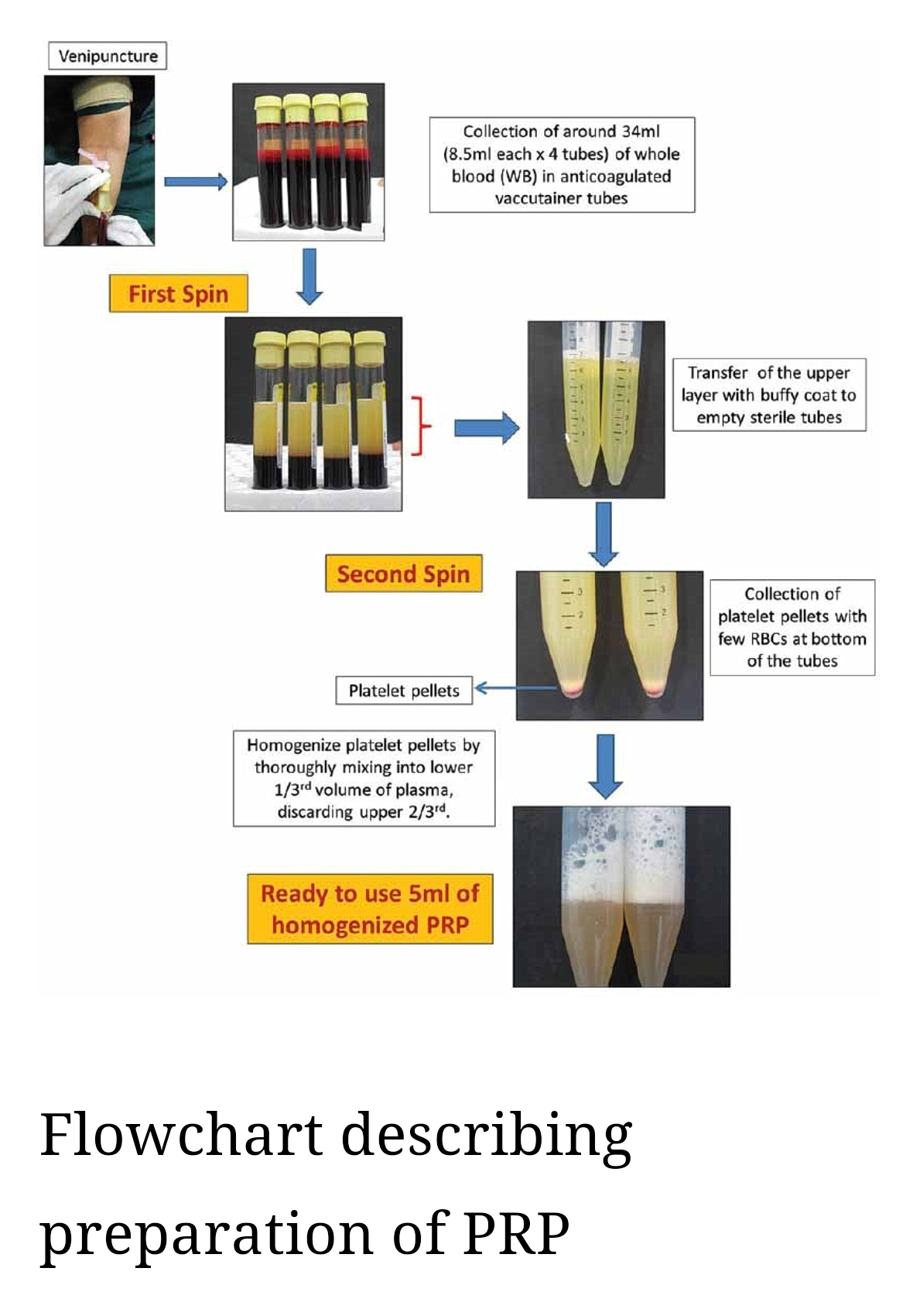

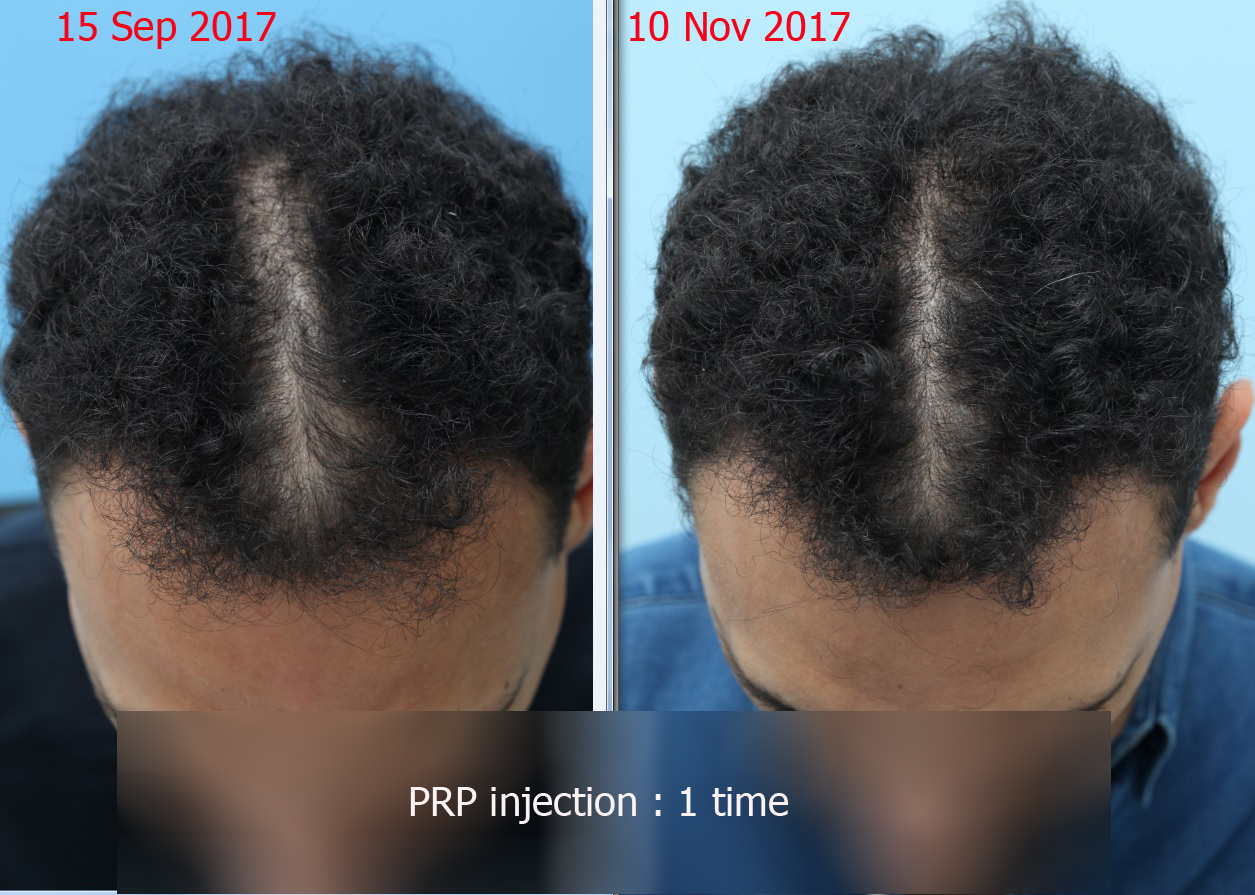
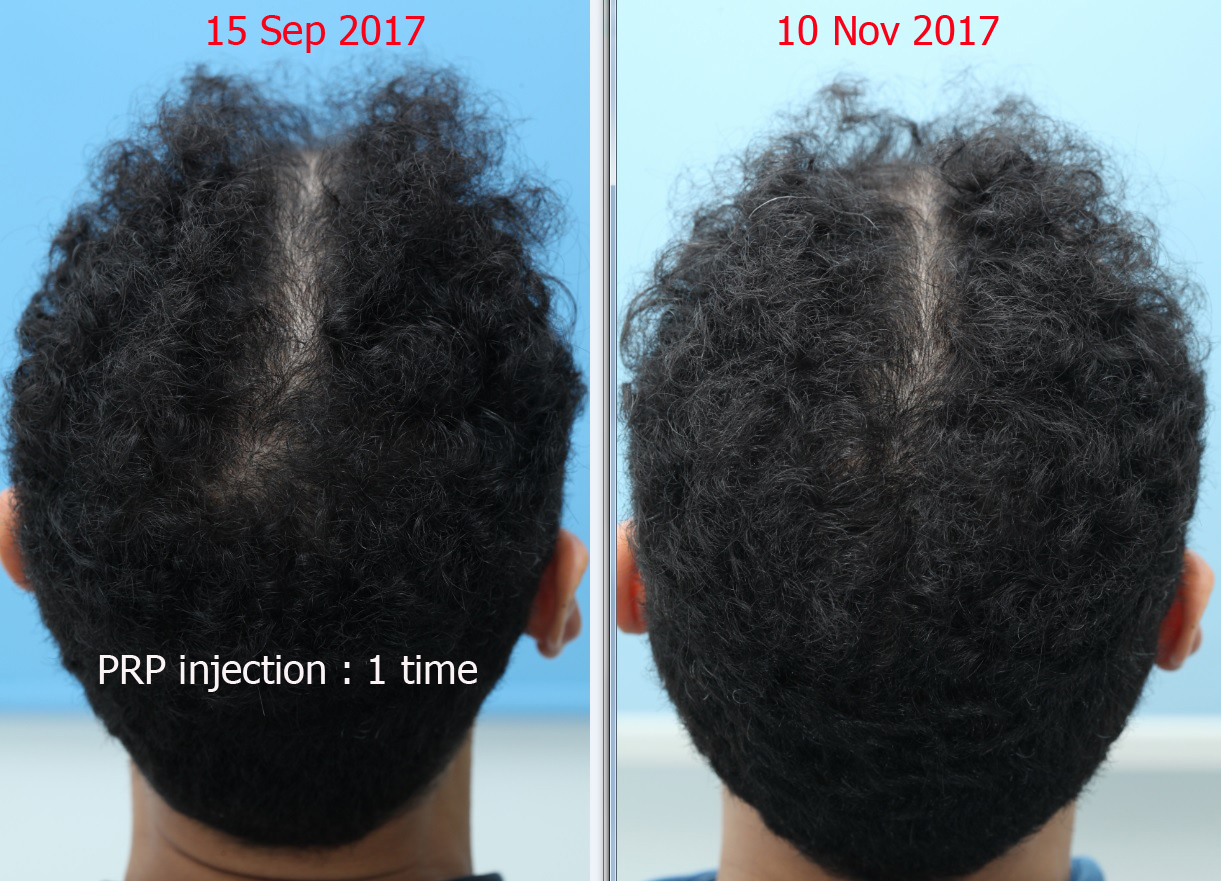



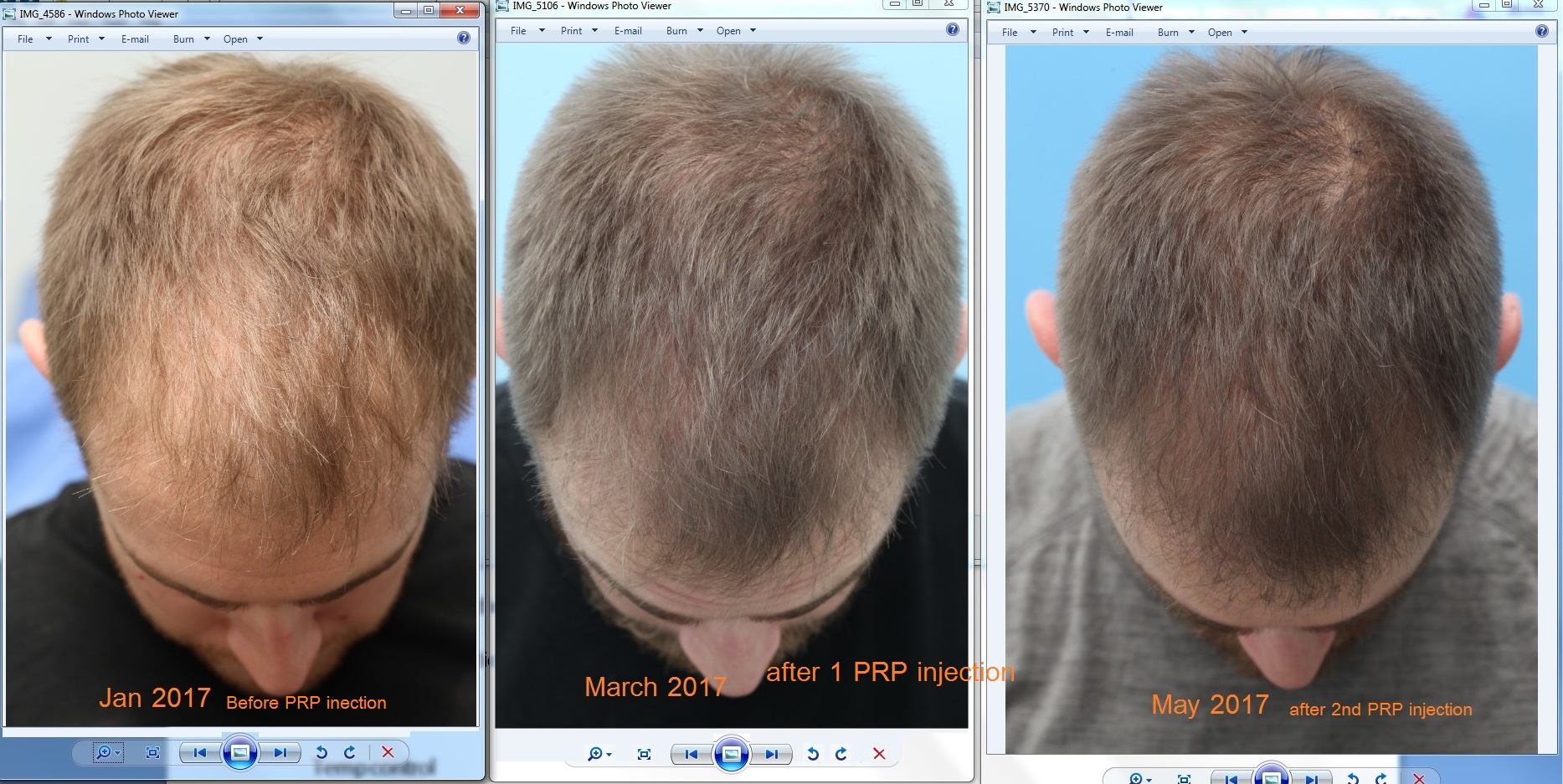

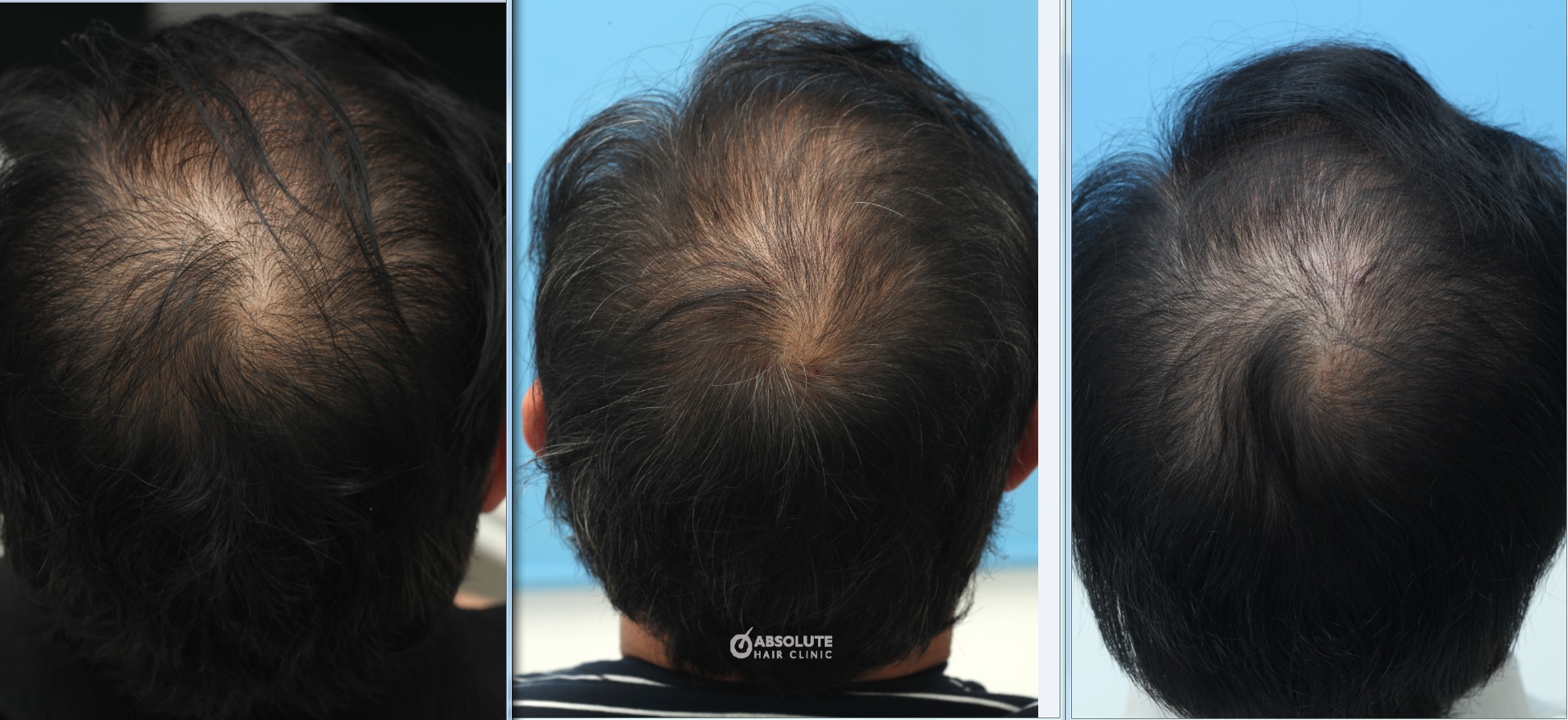
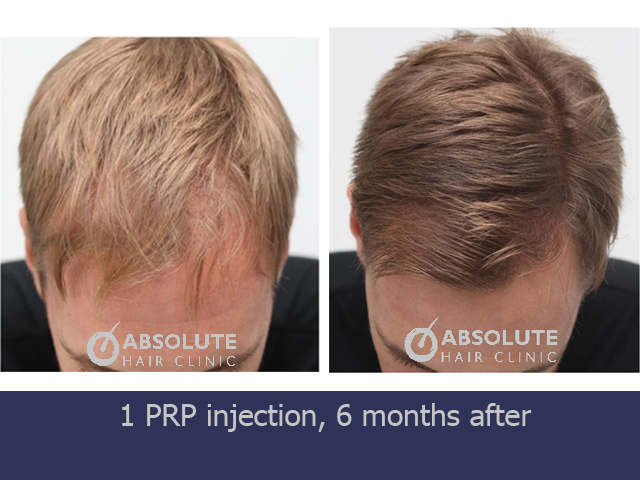
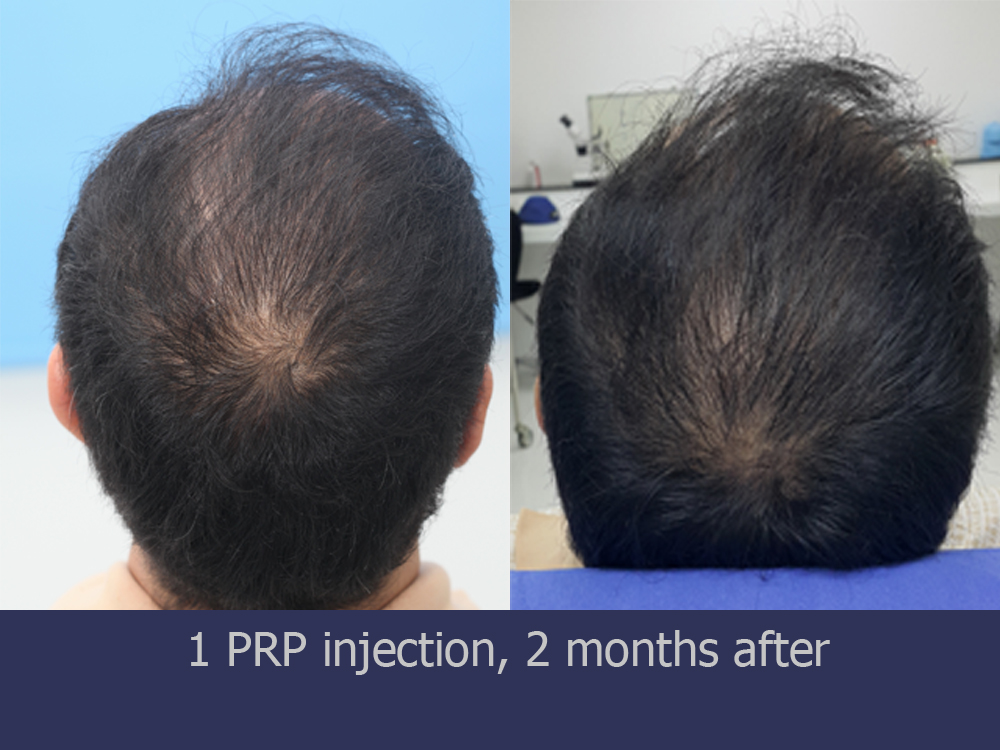
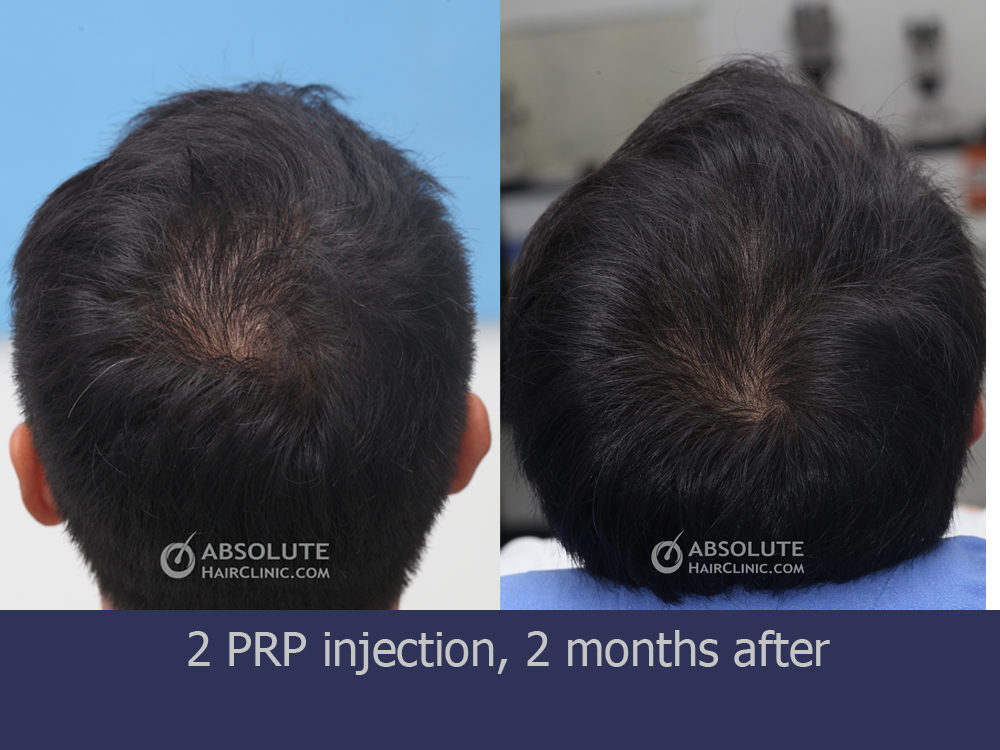
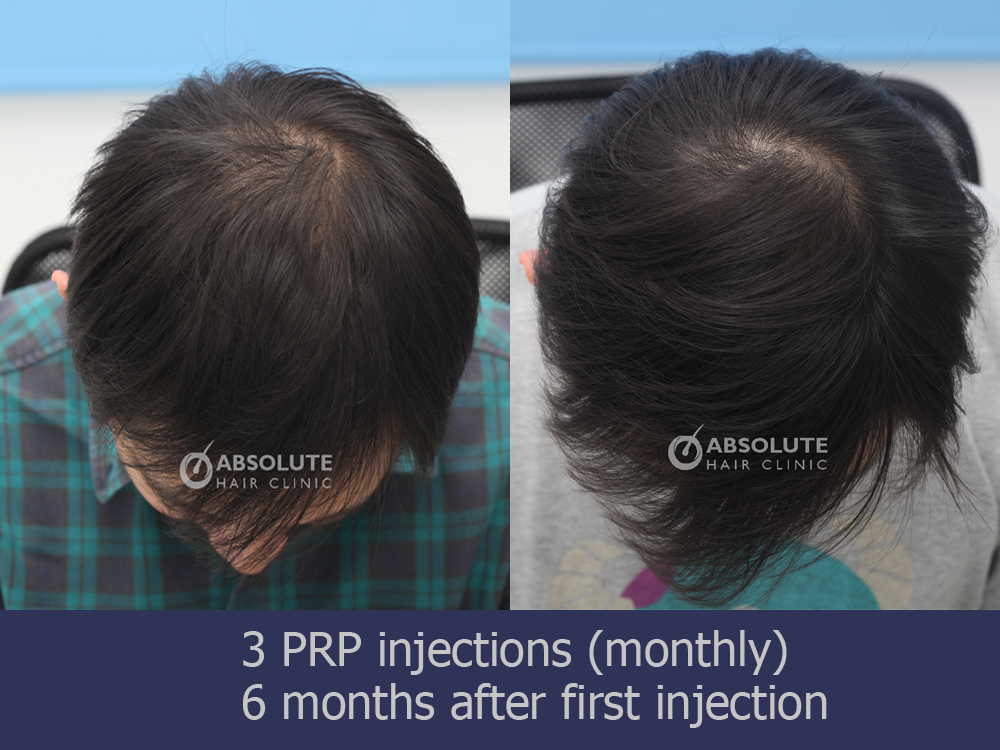
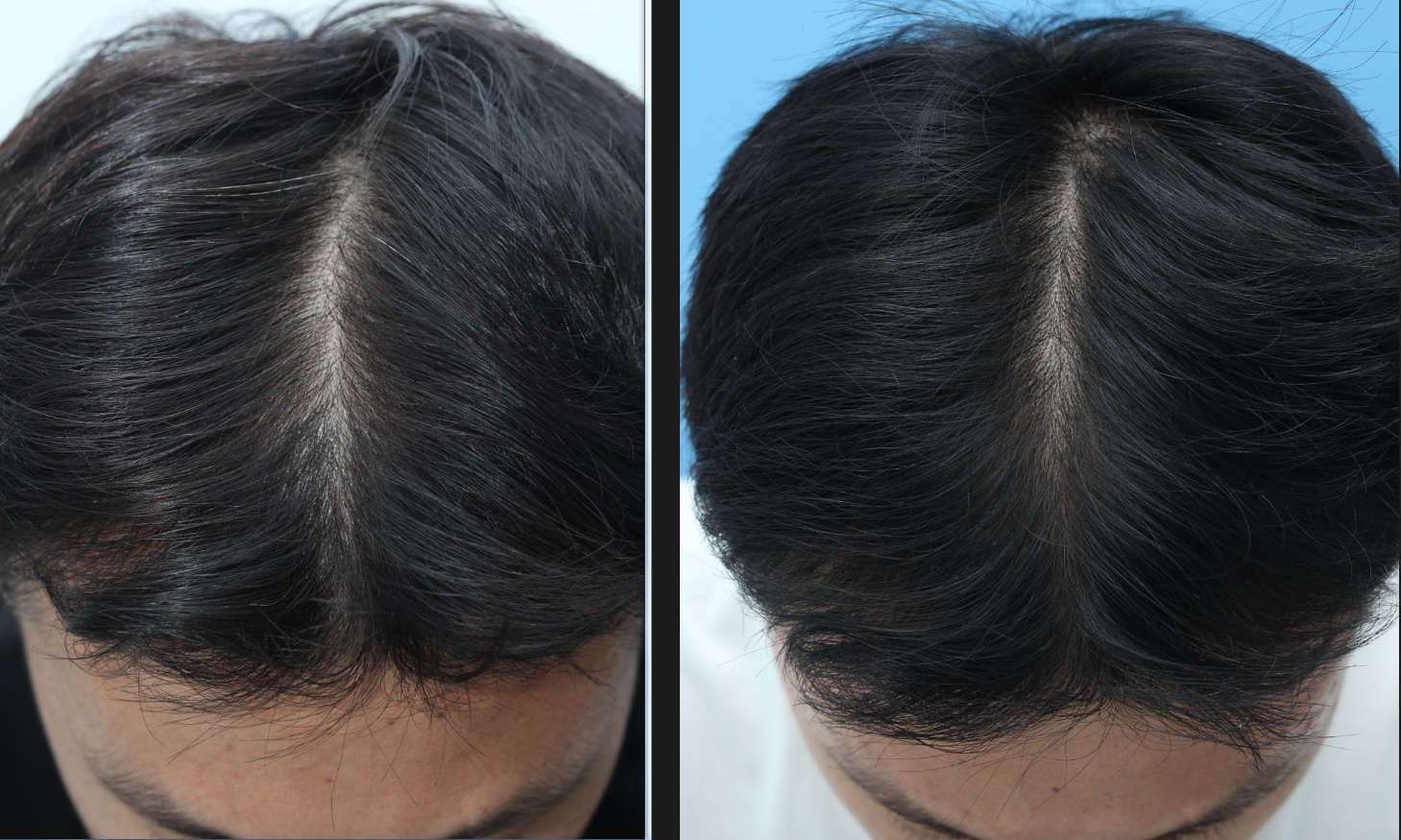


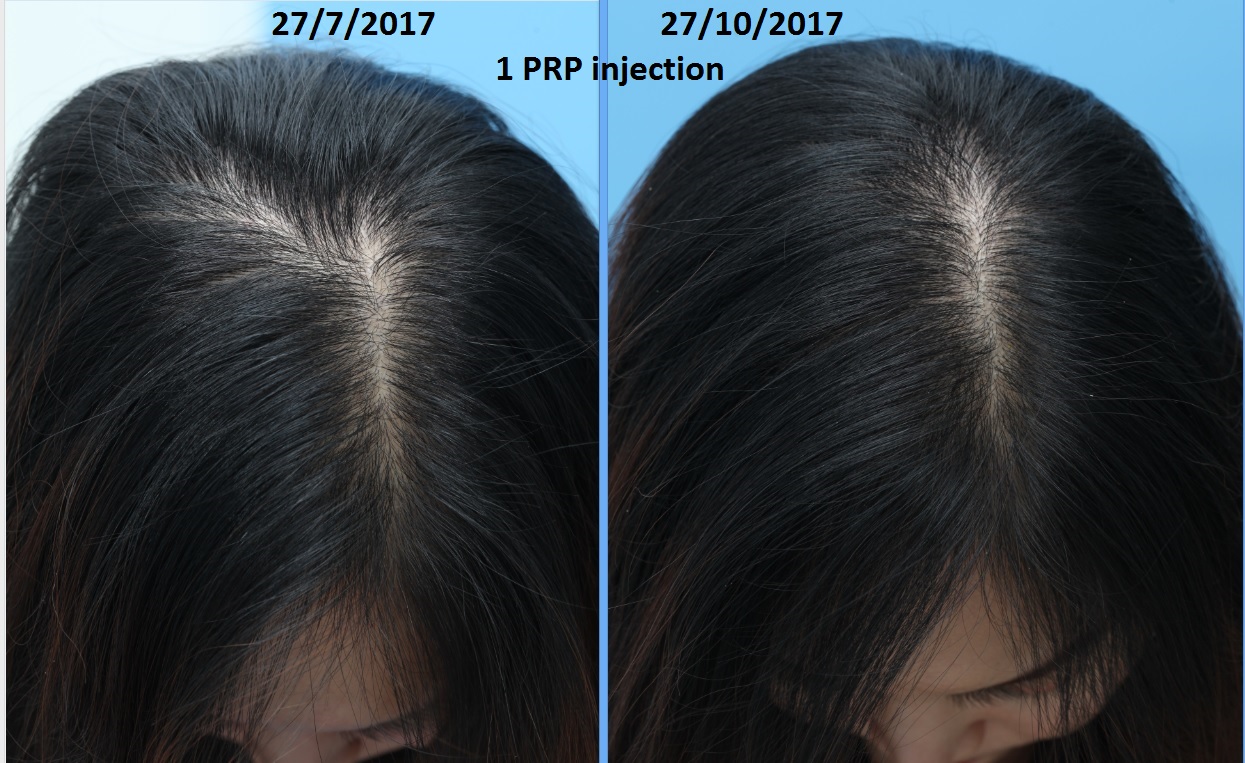

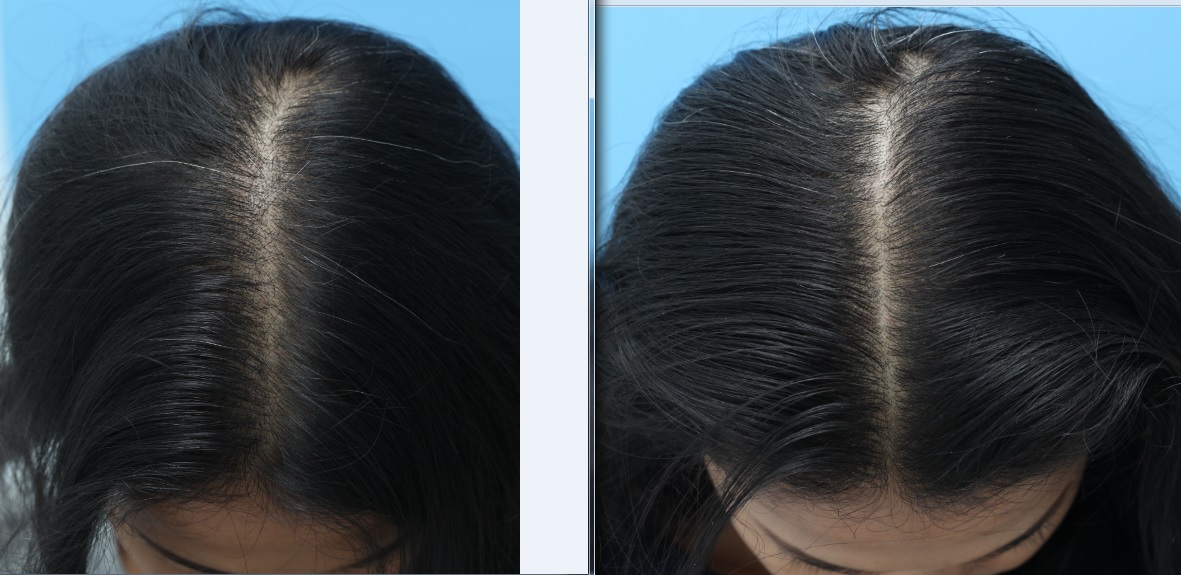

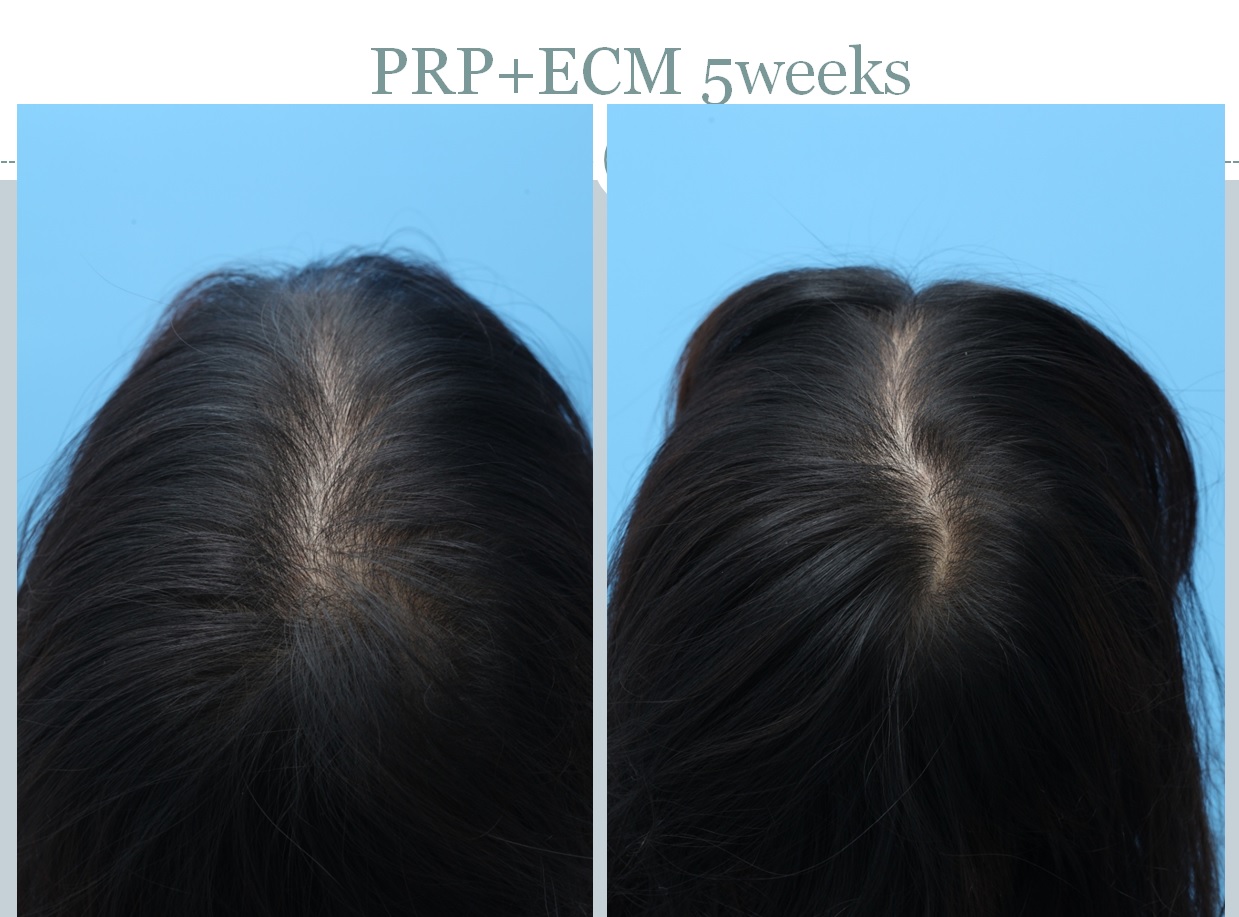

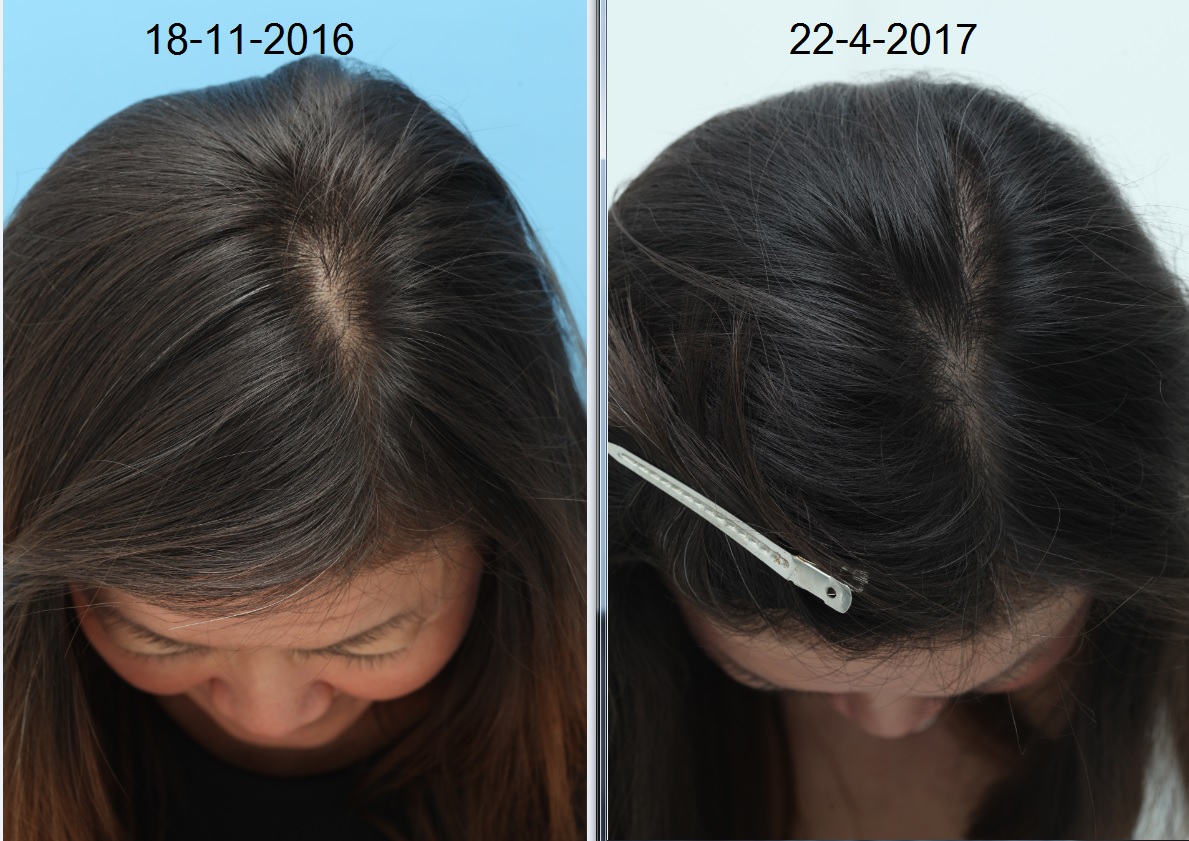


-------------------------------------------------------------------------------------------------------------

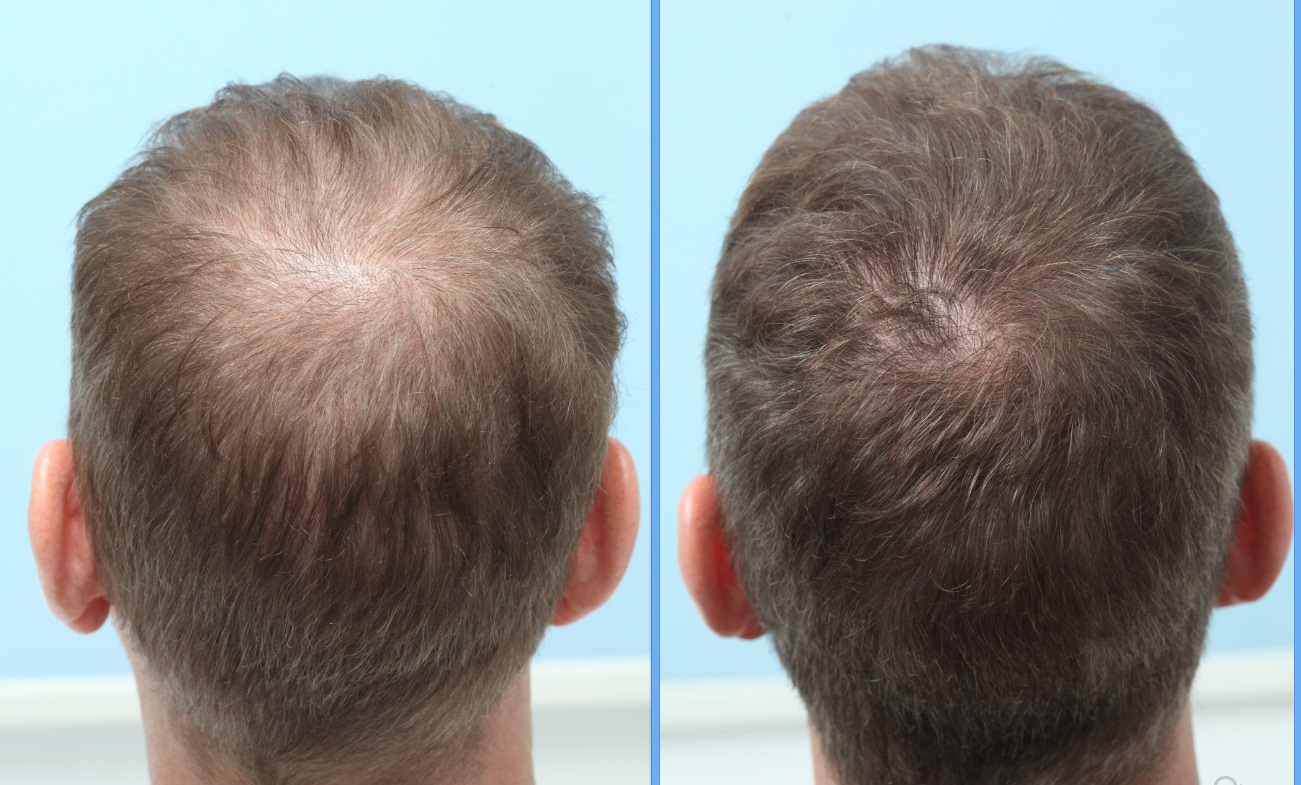
PRP injection, the result was 3 times monthly injection, Before was May 2018, after is Nov 2018.
-------------------------------------------------------------------------------------------------------------
- ปลูกผมFUE หมอก้องเกียรติ ปลูกผมเองทุกเคส We don’t compromise on quality! Follicular Unit Excision (FUE) is a method of donor hair harvesting forFollicular Unit Transplantation ...
-
Small session : 500-2500 grafts. No need to be shaved the whole head. Undetectable after surgery. Need long hair for coverage. More time consuming. More expensive! ปลูกผมแบบเจ...
- Eyebrow Transplantation is the permanent and beautiful way to enhance your appearance with affordable cosmetic procedure in single visit. Why eyebrow transplantation works? The te...
- ราคาปลูกผมFUE หมอก้องเกียรติปลูกผมเองทุกเคส FUE hair transplant cost depends on the number of grafts. We are able to do 4000 grafts per day ( depends on your donor hair) Best resul...
- Is hair transplantation an option to consider for the scarred scalp?The answer is "Yes" in the majority of cases. The method of hair restoration is usually hair transplantation. Sk...
-
What is LLLT? Low Level Laser Light Therapy Low level laser therapy has been shown in thousands of peer-reviewed publications to increase cellular survival, proliferation and funct...
-
Reviews: Find more real reviews on Reddit and hairrestorationnetwork.com https://www.hairrestorationnetwork.com/search/?&q=Dr.%20Laorwong%20&search_and_or=or&sortby=rel...
- Pre-Operative Instructions for FUE Hair Transplantation One week before surgery No Rogaine or Minoxidil topical or oral form, this causes more bleeding. Topical minoxidil resumes ...
- Post Operative Instructions FUE (Follicular Unit Extraction) Post op care is free, we provide post op shampoo, pain killers, antibiotics and LLLT..Low Leve...
- Hair Growth Timeline after FUE Hair Transplantation Time post-op Transplanted area Donor area The night of the surgery, and for the next few nights afterwards Sleep w...
-
Live cell therapy for hair loss: Rigenera activa Rigenera Activa filter system is approved by Thai-FDA, US-FDA, CE as medical devices for tissue disaggregation It is developed to...
-
Long hair FUE You can your result after surgery. Undetectable post operation For small session 500-1500 grafts Not wear too long hair for procedure. More time consuming and chargin...
-
Fotona SP Dynamis Laser for hair loss Fotona SP Dynamis Laser consists of 2 difference lasers: Er:YAG 2940nm and Nd:YAG 1064 nm which will produce Photothermal reaction to stimulat...















